How to Take Instagram-Worthy Photos while Travelling
Tips to Improve Your Travel Shots and Up Your Social Media Likes
Best Travel Photography Tips for Beginners - How to take better travel photos in
Canada doesn't involve spending a fortune on the latest mirrorless DSLR Nikon or Canon camera, or spending hours learning about shutter speed, aperture size, or ISO settings. Recent technological improvements to Smartphone, GoPro, drone, and all-in-one digital cameras ensure that images which rival those of professional photographers are now within everyone's grasp.
Best Travel Photography Tips with Sean Morton
As Sean Morton, official photographer for the Come Walk With Us Royal Canadian Geographical Society expedition and creator of Norfolk Photography points out, taking Instagram-worthy photos while traveling is all about focusing on what inspires you, triggering memories, and communicating the essence of a place or a moment. Improving your travel shots means learning to capture the sound of waves on the red sandy beaches of Prince Edward Island, the adrenaline rush of zip lining across the Montmorency Falls near Quebec City, the excitement of summiting Tunnel Mountain in Banff National Park, Alberta, or the taste of a romantic sunset dinner overlooking the Pacific Ocean in Victoria, British Columbia. This may sound daunting, but with these simple tips you can easily improve your travel shots and up your social media likes no matter what your budget.
Travel photography tips and tricks from Canadian nature photographer Sean Morton. Photo credit: Sonya Richmond.
Know Your Photography Gear
Know your gear is the most important first step to improving your travel photos and capturing Instagram-worthy images. For example, an understanding of how the autofocus works, when to use the flash, and how far the zoom will go before image quality decreases can be learned through practice. In addition, many cameras and cell phones have specialized settings like 'sport' or 'nighttime' to help improve images under different conditions. Similarly, if you are using a
DSLR camera with multiple lenses, understanding the strengths of each lens and the situations in which it performs best is essential. Therefore, familiarizing yourself with the features, settings, and options at your disposal allows you to get the most out of the gear you have, and take the best travel photos possible.
Great travel photography begins with knowing your gear. Photo credit: Sean Morton.
Take Time to Set Up Your Photo Shoot
Take time to set up your photo shoot may sound simplistic and overly obvious. However, in an age when posting real-time updates by snapping quick pics and instantly posting them to social media is the norm, it is worth repeating. Specifically, instead of creating a sense movement, rushing often results in blurry, out-of-focus snapshots with backgrounds that distract from the subject. In contrast, taking those few extra seconds to set up your shot allows you to ensure the subject is in focus, especially the face and eyes if you are taking a selfie. Furthermore, it allows you to assess whether anything or anyone in the frame detracts from the subject. For example, making sure no one accidentally wanders into your frame or
photobombs you can be especially important when visiting busy tourist attractions, such as the 'World's Largest Fiddle' in
Sydney, Nova Scotia. Therefore. one of our best travel photography tips for beginners is to take those few extra moments to set up your shot.
Hastily taken snap of World's Largest Fiddle, Sydney, NS, Canada
Well set up shot of the World's Largest Fiddle, NS, Canada. Photo credit: Sean Morton.
Always Be Prepared When Taking Photos in Canada
Always be prepared is one of the best travel photography tips for beginners. Indeed, this advice is followed by professional photographers the world over. In particular, always have your camera handy, your batteries fully charged, and your lens clean, because unexpected moments often create the most memorable images. When traveling, take an extra battery to ensure you don't miss out on that once-in-a-lifetime moment. In addition, carrying a small cleaning kit can prevent memories being marred by fingerprints, specks of dust, or condensation on your lens. Especially when using cell phones, where camera lenses are easily touched and smudged, always being prepared with a cleaning cloth can be one of the best travel photography tips for beginners looking to capture Instagram-worthy holiday pics.
Take Lots of Pictures
Take lots of pictures is a basic but essential piece of advice. First, practicing often provides a chance to develop new perspectives and to gain an appreciation for what it is possible to achieve with your camera. Furthermore, taking lots of pictures not only allows you to discover hidden talents, it also ensures that you capture the perfect shot of your chosen subject matter. After all, a bird, person, reflection, or water droplet can easily interrupt a well set-up shot, depending on what conditions you are shooting in. For example, if you are hiking the
T'Railway Trail in
Newfoundland, Canada during spring, expect to take multiple shots of each scene to avoid getting insects in the frame. Luckily, taking lots of pictures is an easy way to improve your travel photography and make sure you capture the perfect shot.
Single shot in Millertown Junction, NL ruined by blackfly season.
Take lots of pictures to capture perfect reflections along the T'Railway Trail, Newfoundland. Photo credit Sean Morton.
Best Travel Photography Tells a Story
Tell a story in each image is essential for taking Instagram-worthy photos and improving your travel photography. First, ask yourself what you want to say about your trip. Was it relaxing? Did you challenge yourself to reach new heights? Was it a romantic getaway? Your goal is to capture the essence of your story in each photo. For example, an image of a subject standing rigidly facing the camera in front of a city sign says 'I was here.' In contrast, a photo of someone posing beside the same sign wearing a fashionable outfit, laughing, and holding a handful of shopping bags says 'I had fun shopping in this city.' The story is yours to tell, all you have to do is frame it.
Terrain and pose tell story of epic hike along Casque Isles Trail, Ontario, Canada. Photo credit Sean Morton.
Keep an Eye on the Horizon
Keep an Eye on the horizon is a key component of setting up your shot and improving your travel photography. On most cell phone cameras you can opt to activate a grid to help you straighten your photos. Furthermore, holding the phone horizontally instead of vertically will help you keep it steady. Make sure the horizon is straight, buildings aren't 'leaning,' and lakes aren't 'draining' off the frame. Of course, capturing images from different angles can be a creative way to spice up your photography, but slowing down, being patient, setting up your shot, and keeping an eye on the horizon can be the difference between crooked and intentionally creative.
Keep Photography Simple
Keep it simple is a key aspect of improving the composition of your travel photos. Specifically, make sure people's attention is always drawn to the main subject and there are no background distractions. For example, one way to ensure minimal distractions is to use
Bokeh to blur out the background. This is a technique that Sean Morton found particularly useful when photographing birds and wildlife on the
Trans Canada Trail. Alternatively, sometimes you can set up the shot to avoid busy or distracting backgrounds simply by moving the subject or choosing a different angle. Either way, keeping it simple is one of the best travel photography tips for beginners.
Busy background detracts from Clay-coloured Sparrow, Photo credit Sean Morton.
Bokeh creates simple background to help Eastern Bluebird shine. Photo credit Sean Morton.
Pay Attention to the Photo Edges
Pay attention to the edges of your frame is an essential method of avoiding distractions in your images and improving your travel photography. In particular, you want to avoid unintentionally cutting off people's limbs or heads, or cropping off the tops of mountains, trees, or other important landscape features. Similarly, you typically want to avoid branches, partial objects, or cut-off people appearing at the edges of your photos. Avoiding these types of distractions helps keep the focus on your subject and is one of the best travel photography tips for beginners to improve travel shots every time.
Branches and partial obstruction detract from focal point of image.
Clean edges emphasize sea stacks on Trans Canada Trail, NL. Photo credit Sean Morton.
Play with Photo Perspective
Play with perspective to enhance the subject. Specifically, this means using space, lines of sight, patterns, colours, and points of focus to highlight the subject and attract the viewer's attention. It can also be about getting up close to the subject, or using foreground, mid-ground, and background effectively to create depth in your photo. Don't be afraid to change your angle by getting down low, shooting from the same level as the subject, getting in close or pulling back to use empty space to create atmosphere. For example, an ordinary hotel hallway can be transformed into a stunning image simply by changing perspective. Similarly, an ordinary hay field in
Ontario, Canada can be turned into an interesting image by using a fence line to direct the observers eye. In short, your goal is to use every element of your photo to help enhance the subject and tell a story.
Choosing a unique perspective that uses natural lines and geometry can enhance images. Credit: Sean Morton
Natural features like fencelines or pathways can be used to create depth and enhance the subject.
Play with perspective to make the most of space, contrast, shadow, and patterns to create depth in your photos.
Create art using naturally occuring lines and unique persectives
Play with perspective by using space, colour, and points of focus to create great travel photos.
Playing with perspective can be used to present familiar landmarks in a new light.
Convey Movement and Life on Your Photos
Convey movement and life is a simple rule to turn good travel photos into great ones. Why is this important? First, life is never still, so conveying movement will make a moment appear more realistic. Therefore, you want to compose the subject so they look alive, or appear to be moving across the frame. In particular, capturing a glint of light in the eyes of a person or animal, or having the subject gaze off the frame are two powerful tricks for bringing subjects to life in your photos. For example, a Great Blue Heron taking flight from a marsh in
New Brunswick, Canada or a glint in the eye of a fox captured in
Whiteshell Provincial Park, Manitoba bring these animals to life.
Great Blue Heron taking flight over marsh in New Brunswick, Canada. Photo credit: Sean Morton
Northern Gannet soaring effortlessly at Cape St. Mary's Ecological Reserve, Newfoundland.
White-tailed Jackrabbit poised to leap and looking back at the camera.
A glint in its eye brings this Red Fox in Nova Scotia to life.
Use Light Effectively When Taking Photographs
Use light effectively is one of the most important tips for any beginner travel photographer. For example, the last hour before sunset and the first hour after sunrise are known as the '
golden hours' or the 'magic hours.' As a result, these time periods are valued by professional photographers because they provide perfect light conditions to capture stunning images. In particular, the soft, golden light easily enhances subjects. In addition, mornings and evenings also give way to powerful shadows that can be used to further enhance the subject or create an dramatic atmosphere.
A top tip for improving travel photography is to use light effectively. Photo credit: Sean Morton
Learn How to Edit Photos
Learning how to edit effectively
is an essential skill for improving your travel photography. Luckily, most cell phones and computers come with some basic editing software that allows you to easily crop, resize, and straighten your photos. In addition, there are plenty of free photo editing programs on the market that allow slightly more advanced editing functions, like removing spots, speckles, and redeye, and enhancing image colour. However, editing tools like sharpening or re-colouring images should be used in moderation. For example, punching up the colours in a dusty, sun-bleached prairie landscape like the ones seen along the Trans Canada Trail in
Saskatchewan, Canada is one way to up the 'wow' factor of your images. However, it can be easy to overdo it, over-sharpening and
oversaturating images to the point where the natural beauty of the subject is lost. Therefore, a good rule of thumb when learning how to edit is to leave your originals untouched and edit a copy.
Unedited image of barn along Trans Canada Trail in Saskatchewan
Punch up the colours to increase the 'wow factor' in your travel photos. Photo credit Sean Morton.
Reflect on Fine Art and Photography
Reflect on fine art and photography might sound like strange tips for how to improve travel photography or create more Instagram-worthy holiday snaps. However, looking at classical art and iconic photographs that have stood the test of time will give you a feel for what makes them powerful images. The principles behind fine art apply to photography, and classical techniques like silhouettes, symmetry, reflections, colour, and contract can be used to create stunning travel photos. Studying the works of famous Canadian artists like the
Group of Seven, or Emily Carr from
Victoria, BC is a good place to begin learning how others have represented Canadian landscapes and communities. What works for them may not work for you, but taking time to reflect on the art and photography of others will help you discover your own style and improve your travel photography.
You don't make a photograph just with a camera. You bring to the act of photography all the pictures you have seen, the books you have read, the music you have heard, the people you have loved.
by Ansel Adams
Be A Respectful Photographer
Be respectful when tracking down those Instagram-worthy images, even if this sometimes means reframing an image or choosing not to take it. For example, this could mean staying on an established tail to avoid trampling a delicate ecosystem or disturbing sensitive wildlife in an
Important Bird Area. Alternatively, it could mean asking for permission before photographing a local or their property. For example, when visiting sacred sites or places of cultural significance to Indigenous Peoples in Canada, such as
Wanuskewin near
Saskatoon, Saskatchewan, it is important to learn beforehand whether it is okay to film or photograph a particular ceremony. Learning about local traditions is not only respectful, the connections you make can improve your photography as well, by helping you understand what is unique or special about a place. While our best travel photography tips for beginners are designed to help improve your travel shots and up your social media likes, it is important to remember the influence your photos will have on the actions of others. Behaving outrageously or disrespectfully isn't the best way to get an image to 'go viral.' However, engaging with the landscapes and subjects in the destination you chose will undoubtedly lead to better travel photos.
Staying on the trail is one way of being respectful while snapping great travel photos.
In Conclusion
In conclusion, our best travel photography tips for beginners on how to take Instagram-worthy photos and up your social media likes may at first seem overwhelming. However, keep in mind that anyone can take great travel photos with a little practice. If in doubt, focus on what inspires you. Why did you select that particular vacation destination? What makes it scenic, unique, or interesting to you? What do you love about it and what do you want to convey to others? Answering these questions will help you develop your own style, explore your own perspective, and set up stunning images that tell a great story and will capture the imagination of others.
Best Travel Photography Tips for Beginners
How to Take Instagram-Worthy Photos while Travelling

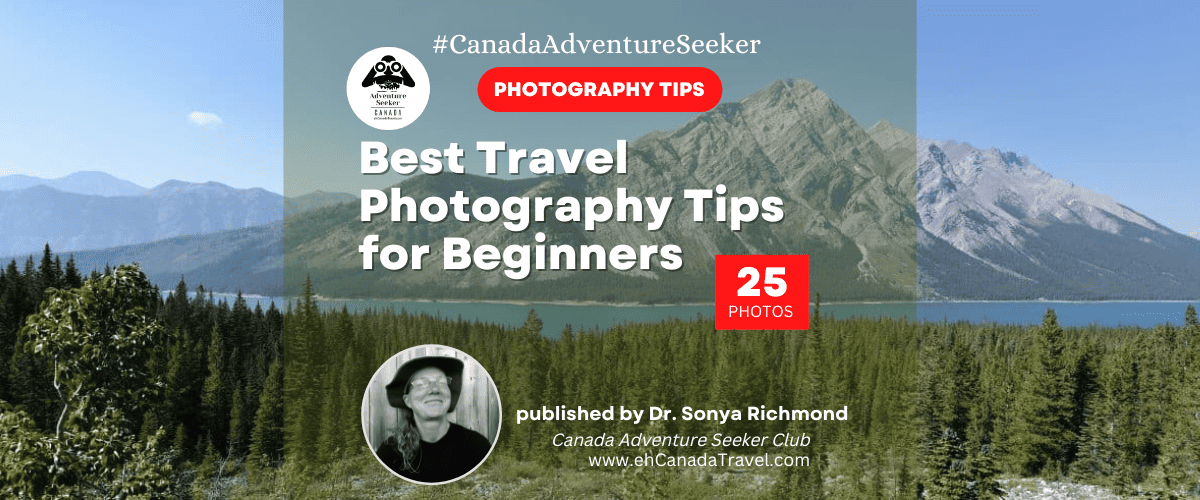
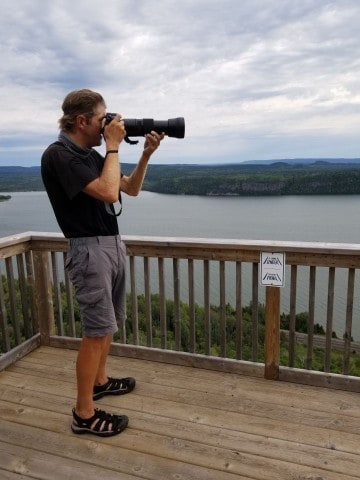


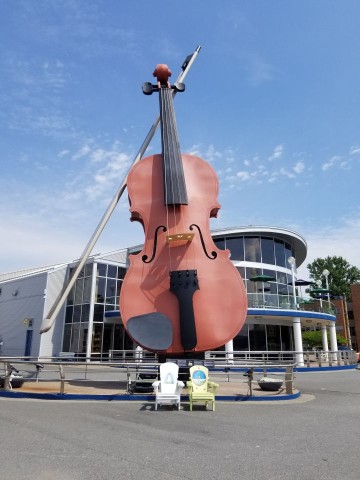
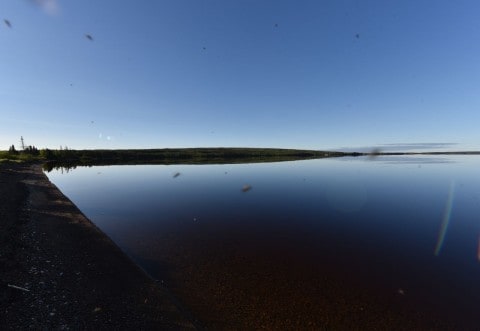
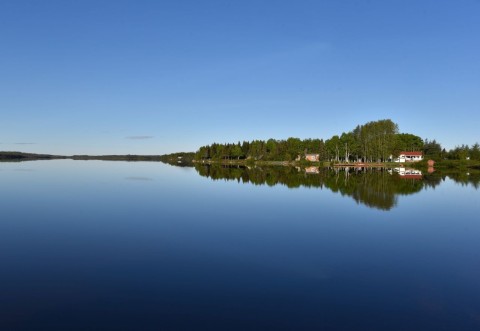
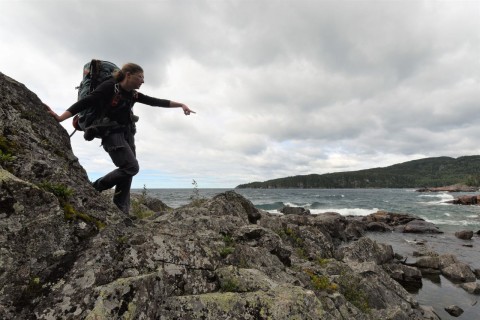
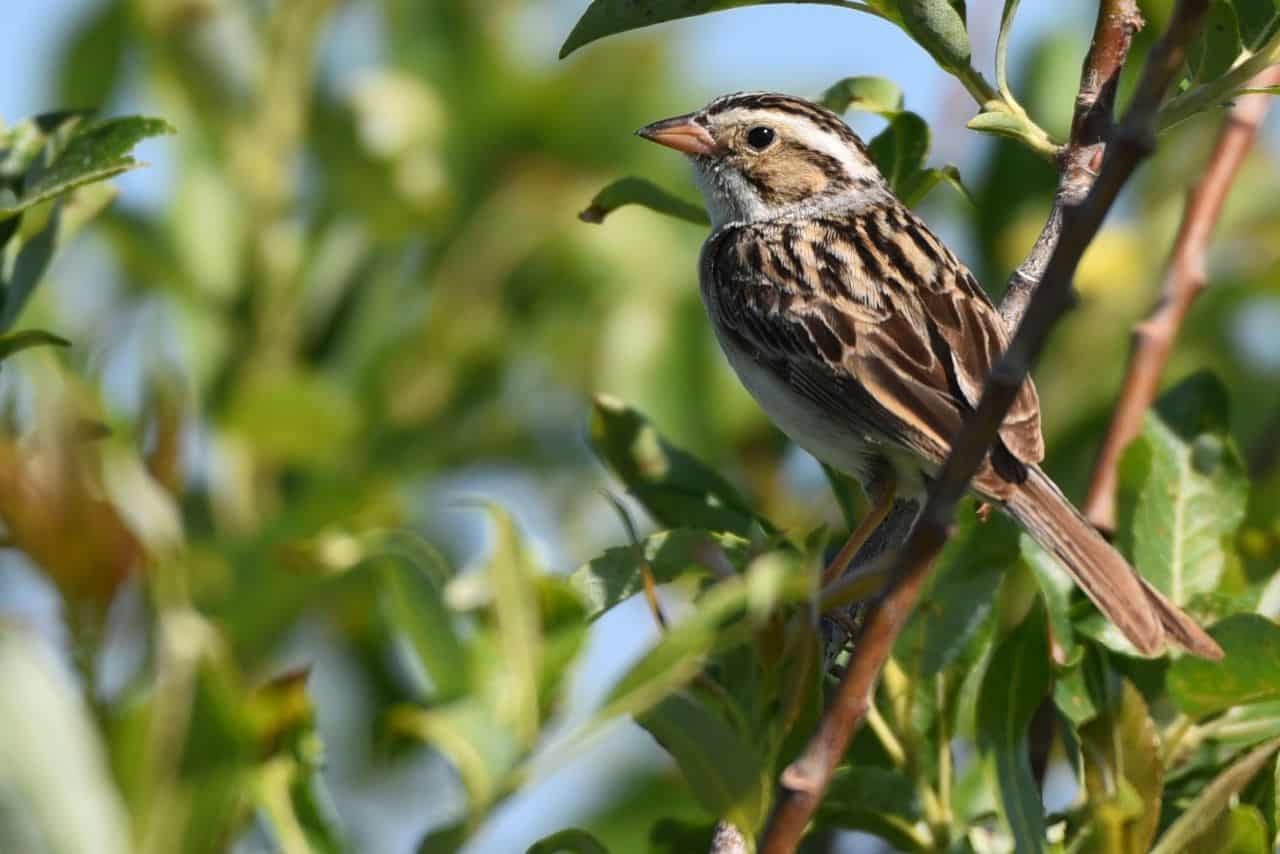
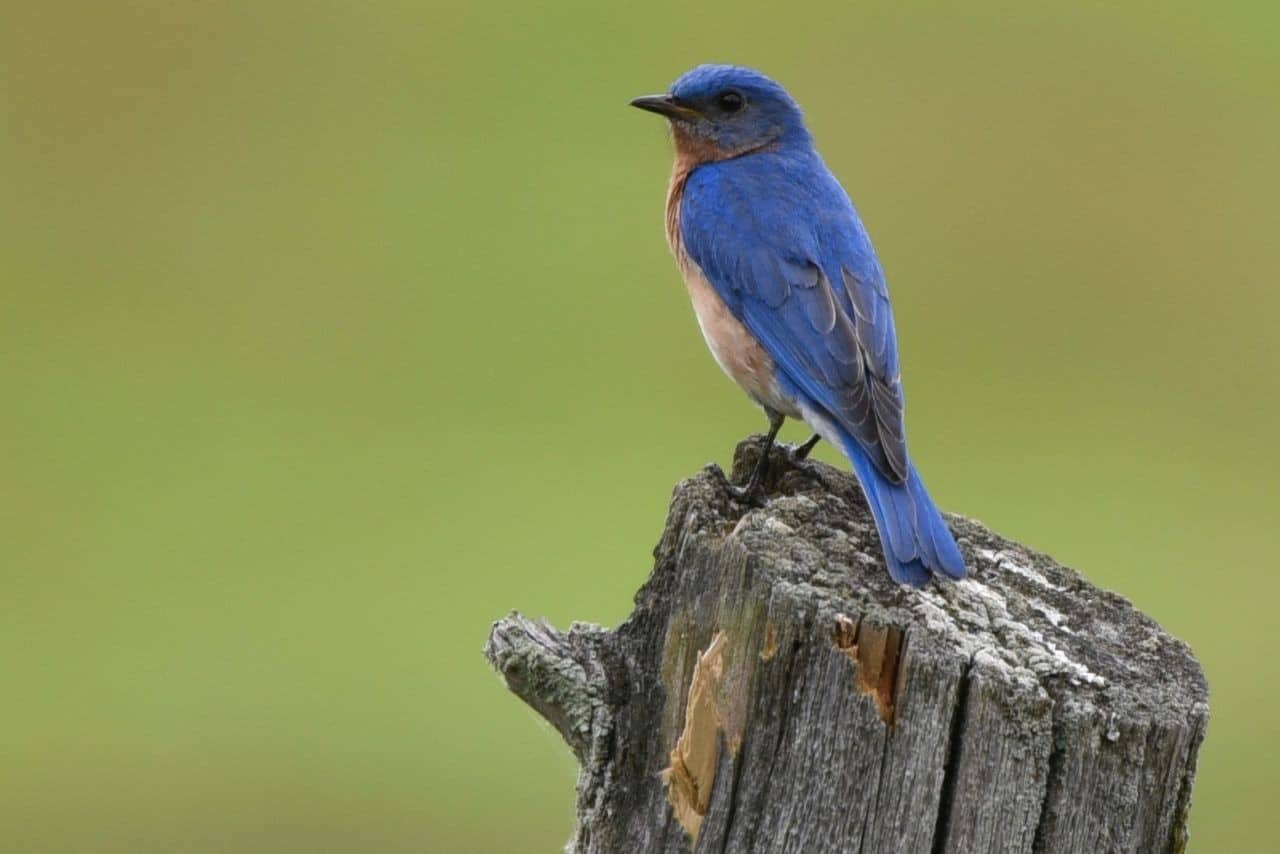
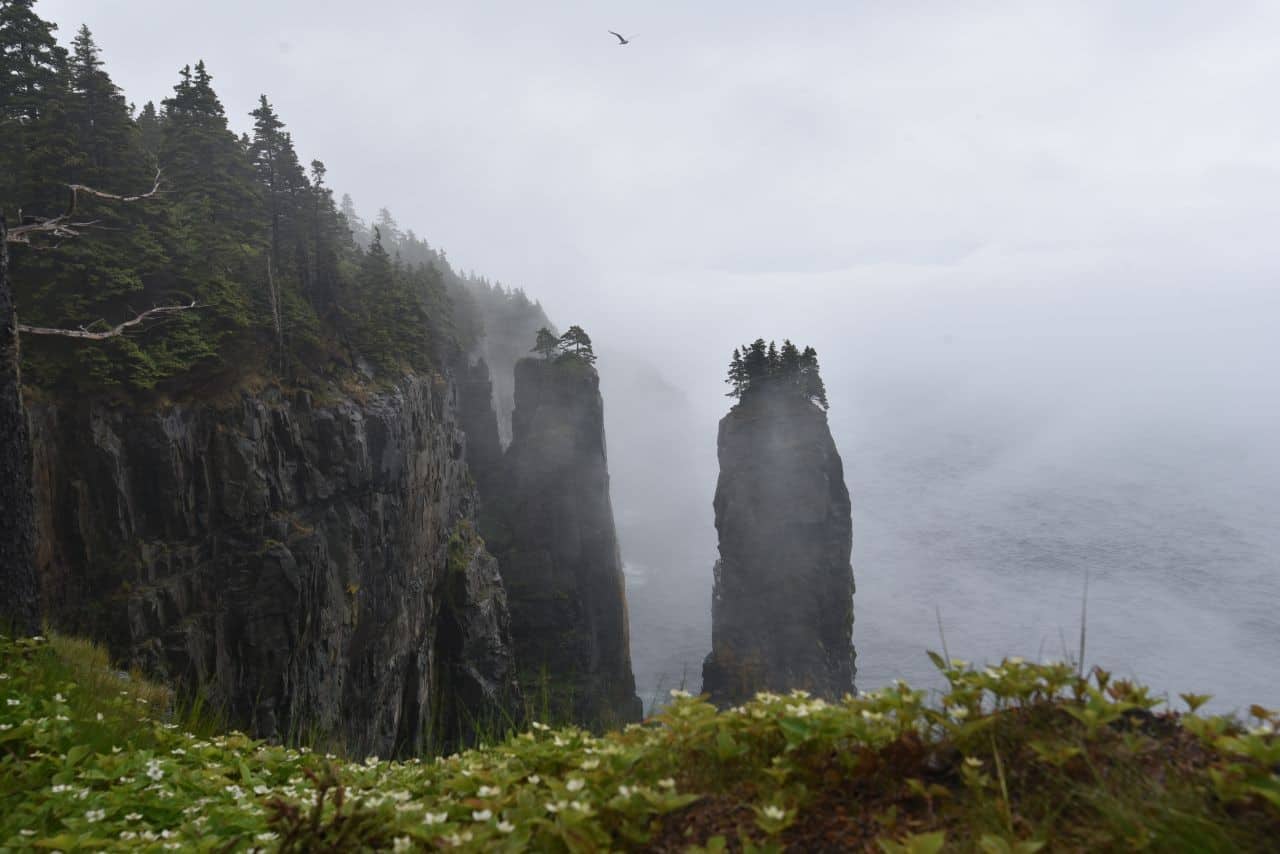
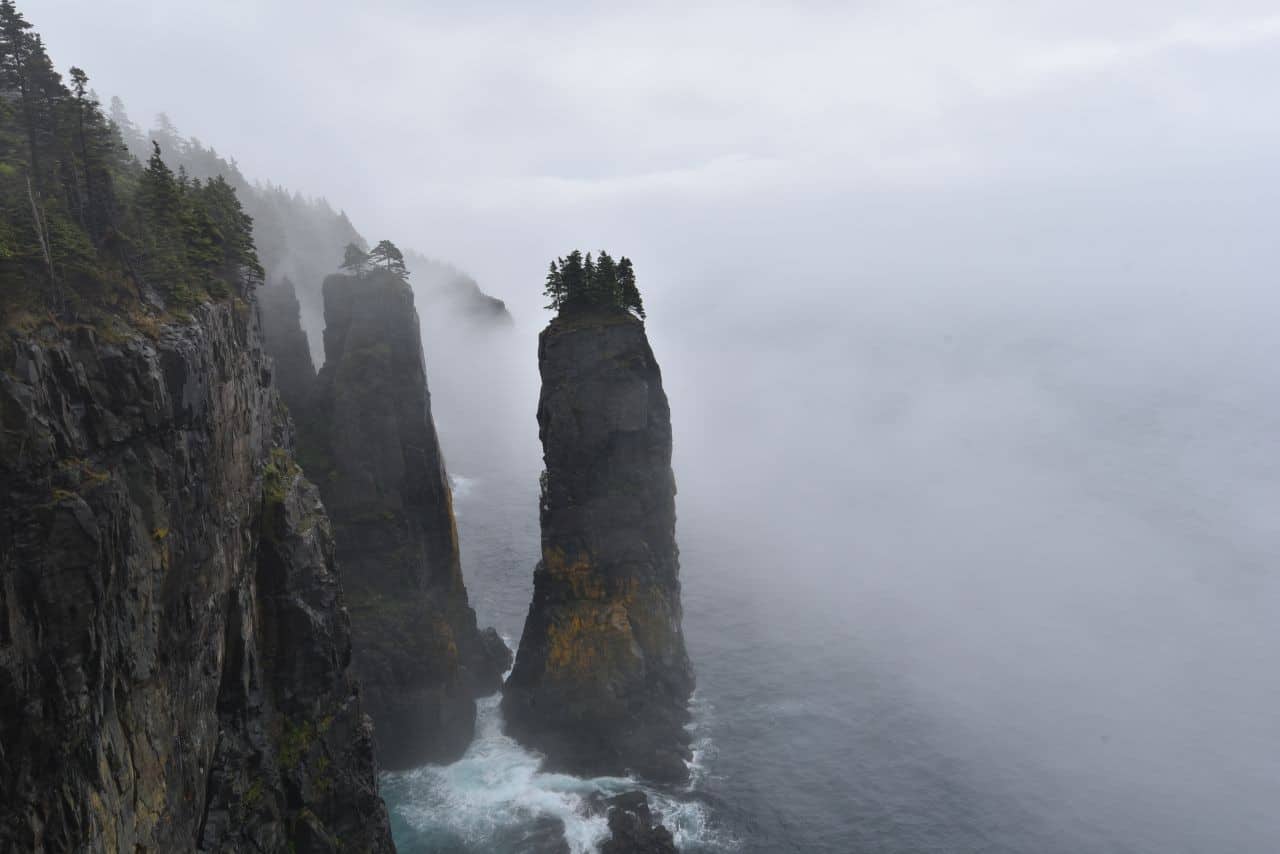
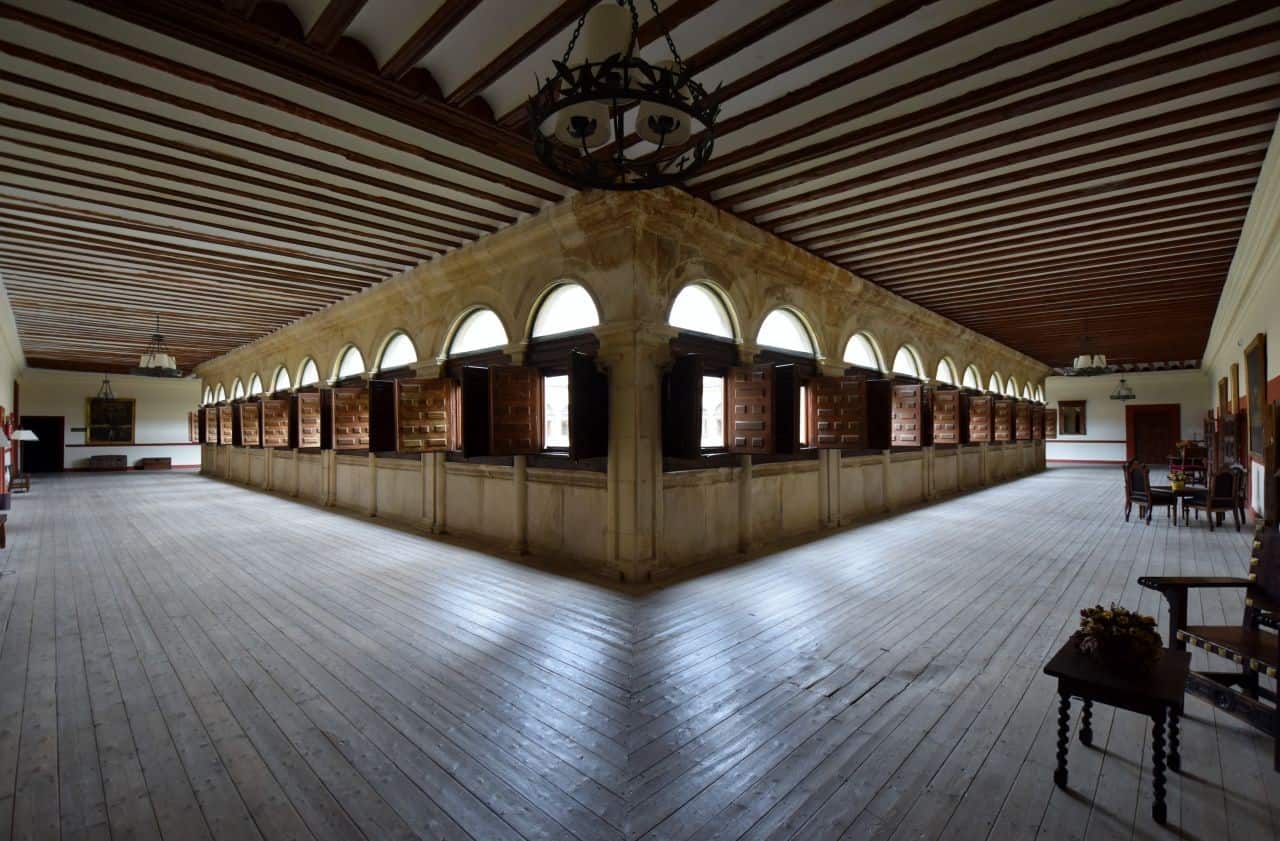
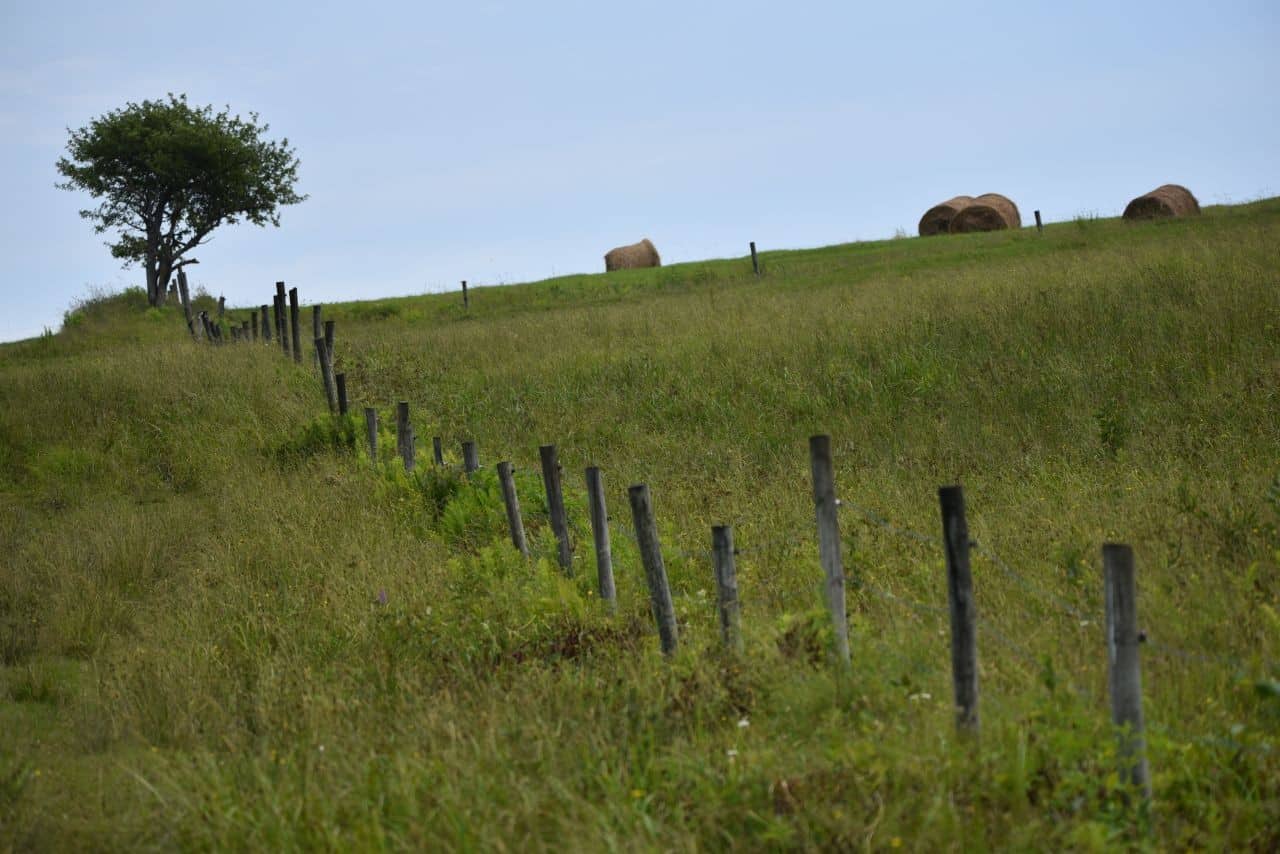
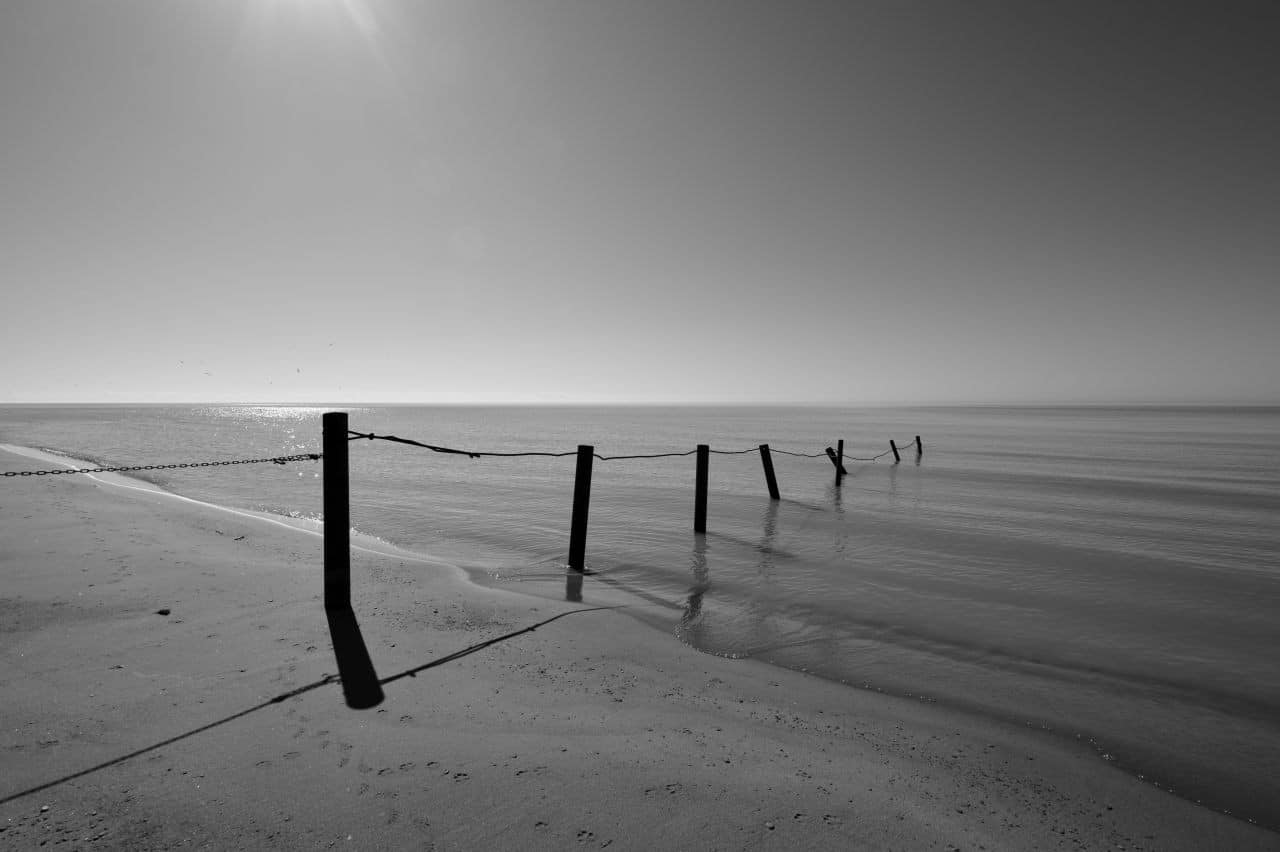
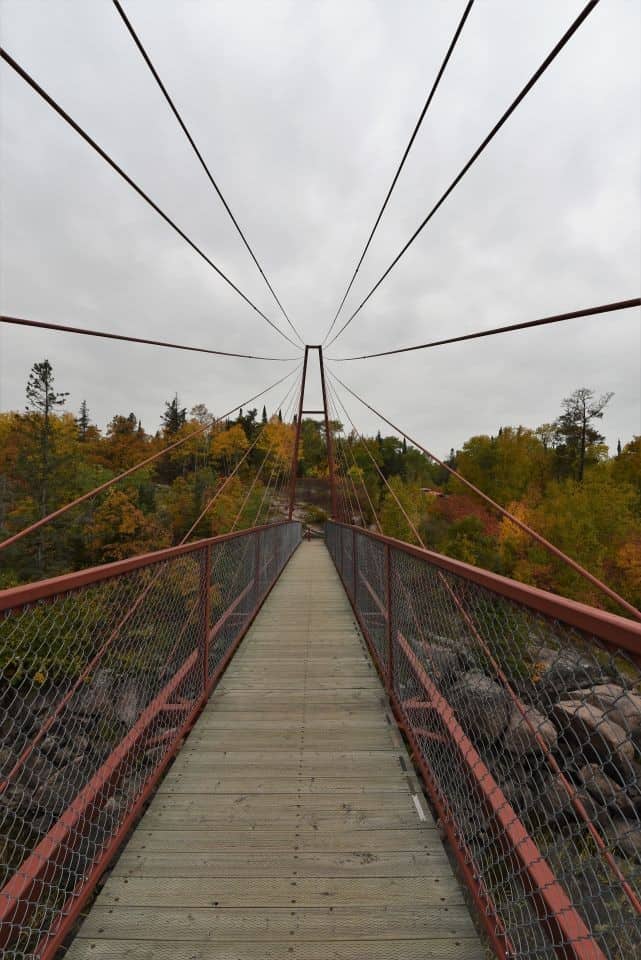


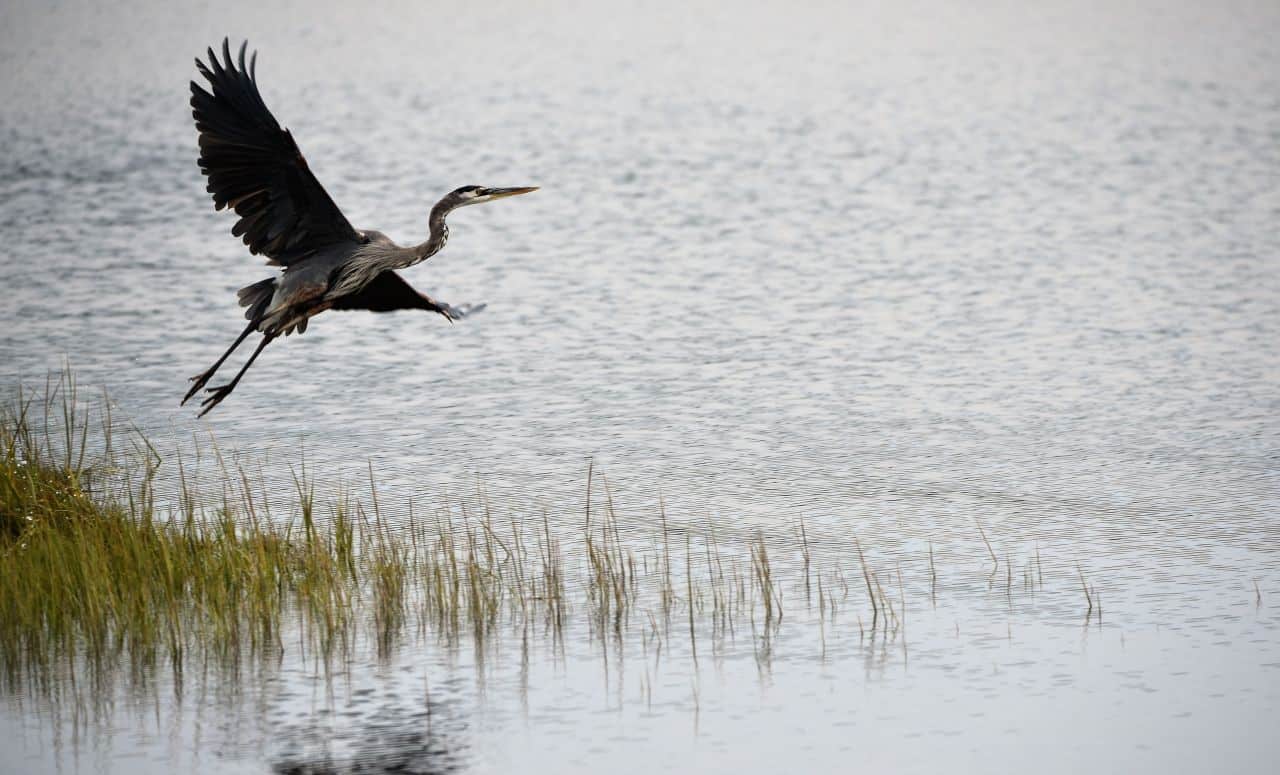
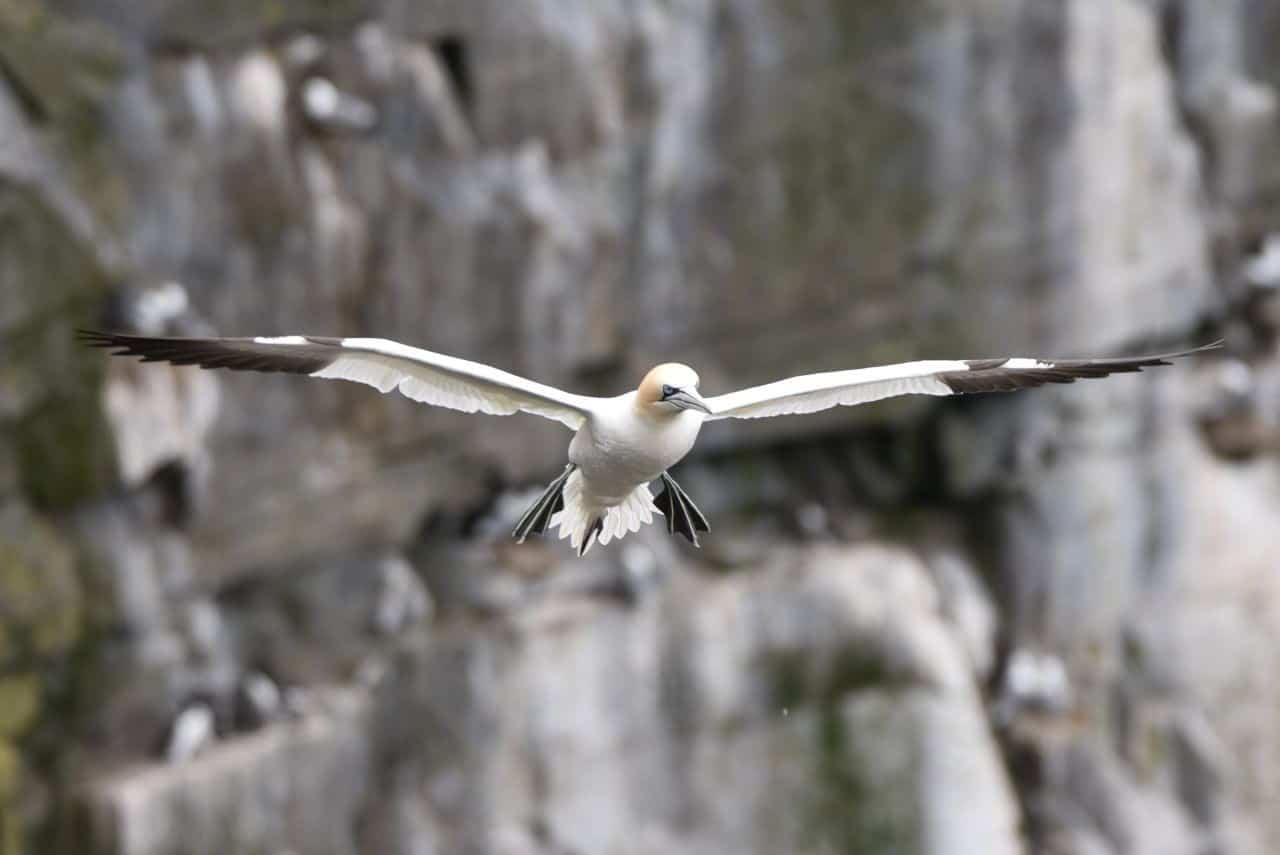

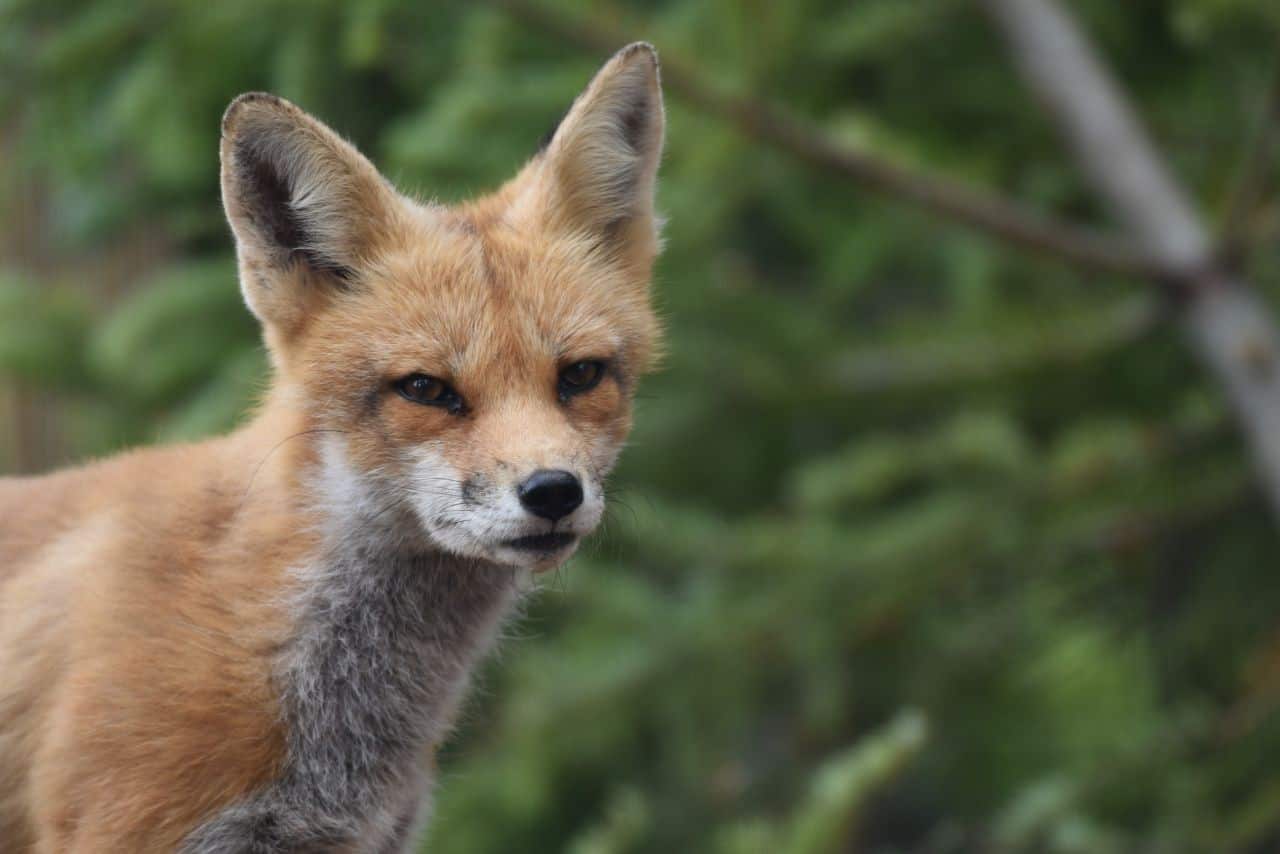

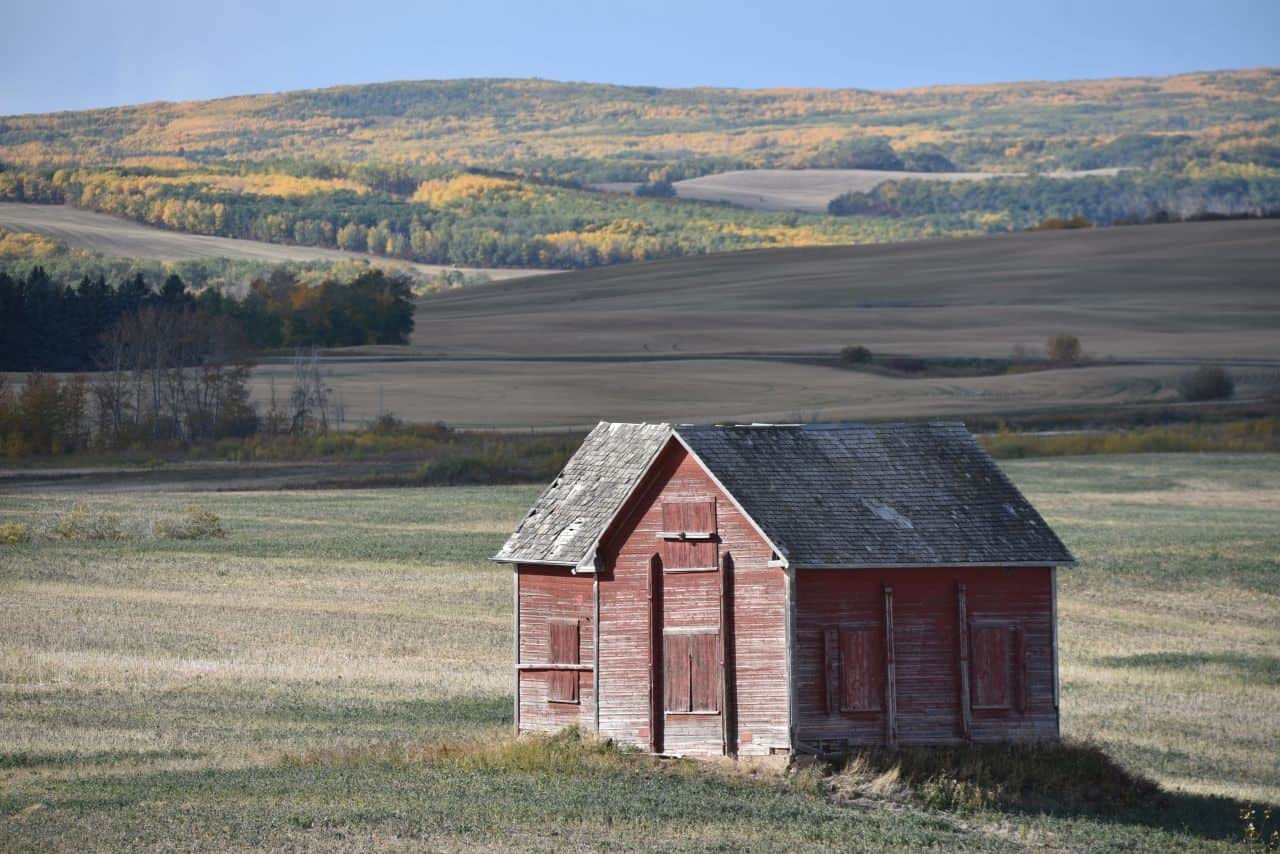

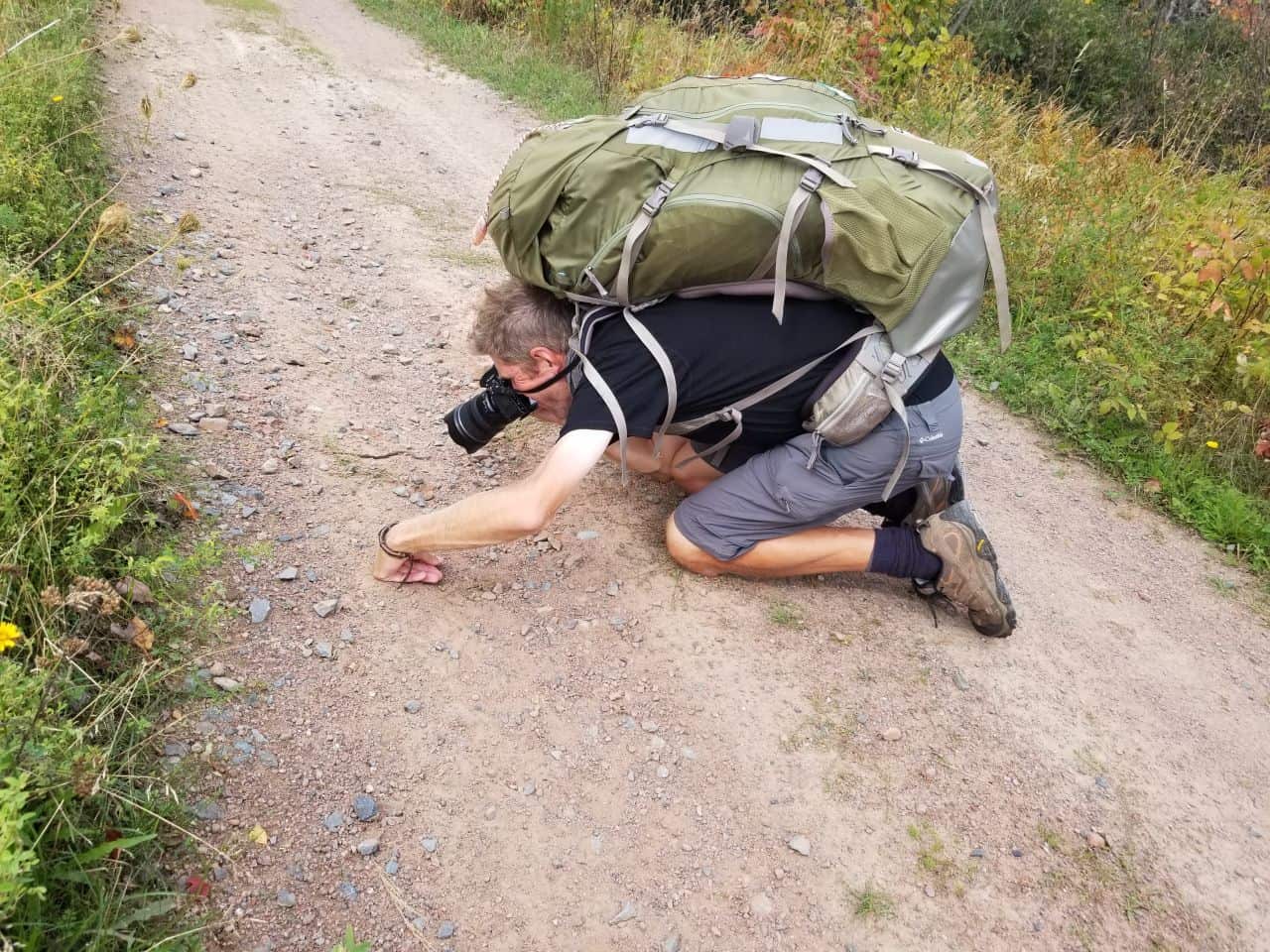
Comments 10
Thank you Sean for all these valuable tips. I enjoyed learning them and the photos to get your point across. What type of camera do you have since you are a professional. Just curious.
Love this! Thank you for the great tips
You're welcome. We really enjoy your photography as well - you do a fantastic job, especially when including the littlest adventure seeker in your shots!
Thank you very much!
EH Canada Marketing Group Glad you enjoyed them. Sean mostly uses a a Nikon D750 with a vvariety of lenses. However, he also uses the cell phone quite a bit - with leaps in technology there is a lot of potential there!
Thank you for this valuable article. I recently purchased on online photography course and am looking to invest in a professional camera. Do you gave any suggestions for me? Preferably something easy to carry on adventures! Look forward to catching up on your Summer adventures!
Thank you for capturing and sharing these tips photography tips with us. There is so much to learn and so many skills to develop when it comes to photography. These tips are excellent starting points, that I have already been trying to put into practice. I will help to have this post as a reference point.
Cora Lee Rennie There are a lot of options out there for cameras, but recommendations would depend very much on your budget, and how much time you will spend carrying it around. The new mirror-less DSLR cameras and associated lenses are wonderfully compact and light weight, but sadly quite costly. There are some nice all-in-one point and shoot options that are light weight and easy to use, but don't quite have the range afforded by dedicated lenses. Depends what you are looking for.
This is such a great post with attainable information and goals to work towards. Look forward to trying to apply these and growing - thank you
Thanks! I'm glad it was useful. I really enjoy your photography, and I think you do a great job!